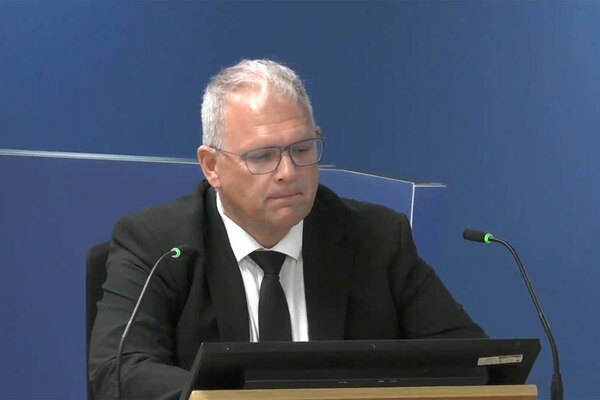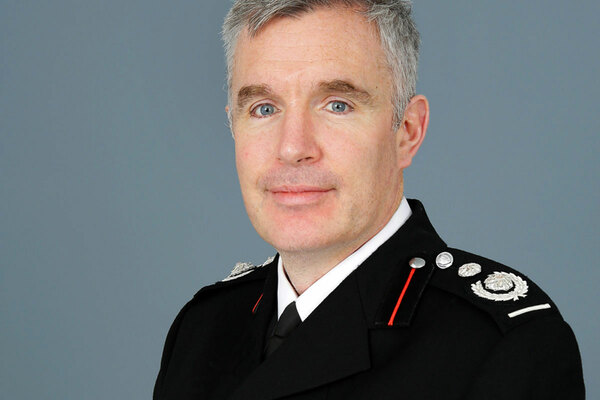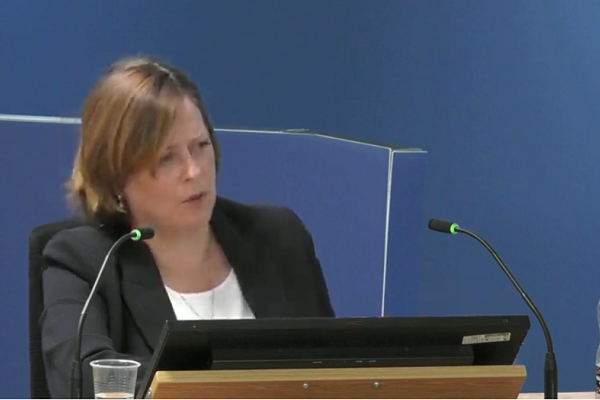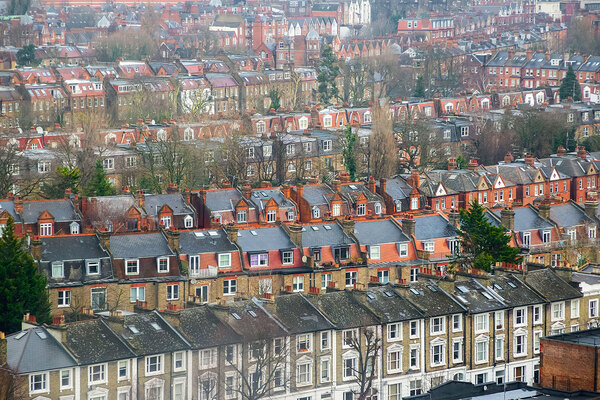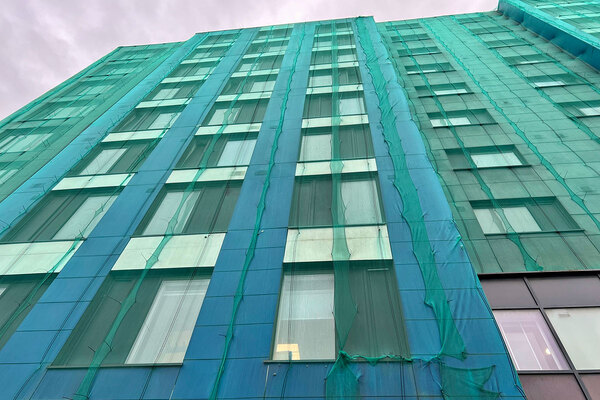‘Prevalence of poor practice’ in design of smoke systems, expert tells Grenfell Inquiry
There is a “prevalence of poor practice” in the industry which designs smoke control systems and it has become the “norm” for specialists not to model individual systems, an expert witness told the Grenfell Tower Inquiry today.
Today, the Grenfell inquiry heard from Simon Lay, a fire engineer who last year prepared an independent expert report on the smoke control system installed at Grenfell Tower on behalf of PSB, the company responsible for designing and commissioning the system.
Mr Lay is the first person to give evidence as part of module seven of phase two of the inquiry, during which various experts will give evidence on things the inquiry has heard about in previous modules.
The inquiry previously heard a number of concerns about how Grenfell’s smoke control system, which was installed in 2016 as part of the refurbishment of the tower, performed on the night of the fire, including reports from residents that smoke leaked out of the ventilation shafts in the early stages of the fire.
Lawyers representing the bereaved, survivors and residents previously highlighted findings from a report by Dr Barbara Lane, another expert witness who will give evidence tomorrow, which found one component of the system was of the “lowest possible standard”.
However, in his report, Mr Lay concluded that Grenfell’s smoke control system “operated as intended” when the fire broke out in flat 16 of the tower and that it is likely it “operated beyond its expected parameters despite the failure of other provisions that it relied upon”.
Today, Mr Lay told the inquiry he still agreed with these conclusions, but he was critical of the actions of various bodies involved in the design and installation of the system at Grenfell, including PSB; Exova, the fire engineers; Max Fordham, the consultancy; and Studio E, the architects.
Mr Lay said Exova’s outline fire safety strategy for the refurbishment of Grenfell Tower failed to set out the purpose of the smoke control system and what was to be achieved by it, adding that it “set the very bare minimum that you might interpret”.
He agreed with an assertion by Dr Lane that Exova, as the project’s fire engineer, should have taken a lead role in setting the performance objectives of the smoke system and monitoring the delivery of those objectives.
Mr Lay was also critical of the level of documentation and analysis produced by PSB and others during the design of Grenfell’s smoke control system. As Kate Grange QC, counsel to the inquiry, pointed out, there was no evidence that any computer modelling of the system had been carried out.
Mr Lay said he believes specialists should model such a system on computers and that he would have asked for more detail if he was reviewing the project.
However, he said failure to conduct a computer analysis has become the “norm” in the industry, adding that there is a “prevalence of poor practice in that area”.
Mr Lay was also questioned extensively about the smoke system’s dampers. These devices are installed in air ducts and are designed to close in the event of a fire to prevent spread.
In her report, Dr Lane said the dampers used in Grenfell had the “lowest performance standard in the event of a fire”.
When asked if he agreed with this, Mr Lay said he “got quite lost” reading that part of Dr Lane’s report and therefore couldn’t say whether he agreed or disagreed.
Mr Lay was also asked about the ‘travel distances’ in the lobbies of Grenfell Tower, which is the distance individuals had to travel to reach the staircase.
Approved Document B, the official guidance document for the building regulations, advises that this distance should not be more than 7.5m within buildings with a single stairway of escape, like Grenfell.
Today, the inquiry was shown three different measurements of the travel distances in Grenfell Tower, carried out by Mr Lay, the Building Research Establishment (BRE) and Dr Lane.
Mr Lay measured the travel distance as 9.5m, the BRE as 9.3m and Dr Lane as 10.3m.
Mr Lay said he did not think the travel distances in the Grenfell lobbies were “excessive”, pointing to a guide produced by the Local Government Association that said ventilated lobbies in existing buildings with distances of up to 10m “are likely to be acceptable” without additional measures being required.
The inquiry continues with evidence from Dr Lane tomorrow.
Sign up for our weekly Grenfell Inquiry newsletter
Each week we send out a newsletter rounding up the key news from the Grenfell Inquiry, along with the headlines from the week
Already have an account? Click here to manage your newsletters
